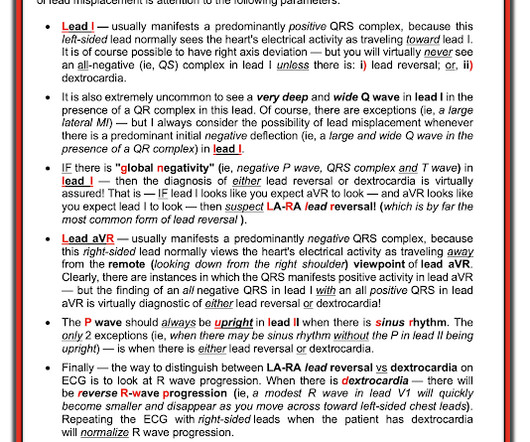Adjunctive Methylene Blue in Septic Shock?
RebelEM
MAY 29, 2023
septic shock). Judicious fluid resuscitation is indicated in patients with signs of hypo perfusion but is often inadequate necessitating the administration of vasoactive medications. Limited, small studies on its use in septic shock do not make a clear argument for use. Paper: Ibarra-Estrada, M et al. 95% CI 15.4

































Let's personalize your content